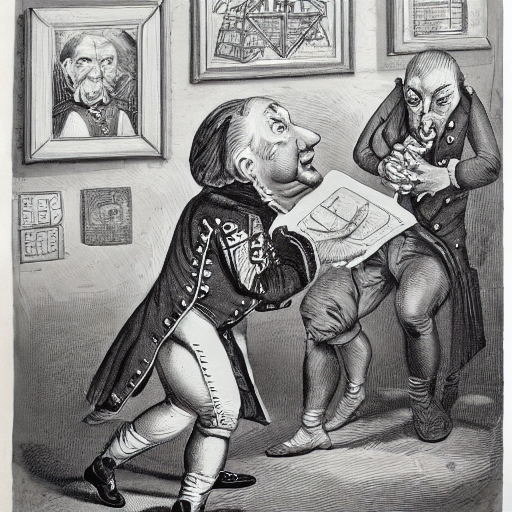Welcome back to our “Crypto Math Series,” where we unravel the intricacies of cryptography, one puzzle at a time. In this episode, we shine a spotlight on the crucial concept of Collision Resistance, a cornerstone of secure cryptographic systems. Join us as we explore the technical details of this problem, its historical introduction, the algorithms used to find and resolve it, and a Python example with friendly comments to illustrate the challenge and its solution. 🚀🚧🔑
Collision Resistance Unveiled
A Pivotal Concept: Collision Resistance is a fundamental concept in cryptography that addresses the challenge of ensuring that two different inputs do not produce the same hash value.
The Role of Hash Functions: Hash functions play a central role in cryptography by converting data of arbitrary size into a fixed-size hash value. Collision Resistance ensures that finding two distinct inputs with the same hash value is computationally infeasible.
Historical Context
- Merkle-Damgard Construction: The Merkle-Damgard construction, introduced by Ralph Merkle and Ivan Damgard, laid the foundation for many cryptographic hash functions, emphasizing the importance of Collision Resistance.
Algorithms for Finding Collisions
Attackers may attempt to find collisions through various algorithms, including:
-
Brute Force: The simplest method involves trying different inputs until a collision is found. However, this approach is highly impractical due to the vast search space.
-
Birthday Paradox: This probabilistic algorithm leverages the likelihood of collisions occurring in a large dataset.
Python Example: Collision Resistance
Let’s explore a Python example that demonstrates the concept of Collision Resistance using a simple hash function:
import hashlib
def find_collision(hash_func):
hashes = set()
counter = 0
while True:
data = str(counter).encode('utf-8')
hash_value = hash_func(data).hexdigest()
if hash_value in hashes:
return counter, hash_value
hashes.add(hash_value)
counter += 1
# Example usage:
hash_func = hashlib.sha256
counter, collision_hash = find_collision(hash_func)
print("Collision found at input:", counter)
print("Collision hash value:", collision_hash)
In this Python code, we simulate finding a collision in a hash function by generating different inputs until a collision occurs.
Resolving Collision Resistance
Cryptographers address Collision Resistance by developing stronger hash functions, increasing the length of hash values, and incorporating cryptographic standards and best practices.
Visualizing Collision Resistance 📊
Here’s a simplified text diagram illustrating the concept of Collision Resistance:
Input Data -> | Hash Function | -> Hash Value
|
Input Data -> | Hash Function | -> Hash Value
Conclusion
Collision Resistance, a critical concept in cryptography, ensures the integrity of digital communication by preventing two distinct inputs from producing the same hash value. By understanding its technical details, historical context, algorithms for finding collisions, and methods for resolution, we appreciate its significance in safeguarding data and digital transactions.
In our next episode, we’ll continue our exploration of cryptographic wonders. Until then, keep striving for collision-resistant security in the digital realm! 🌐🚧🔑
Stay tuned for the next thrilling chapter in our “Crypto Math Series”! 🚀🔢🔐

 Celebrating Coincidences: The Birthday Problem in Cryptography 🎉🔐
Celebrating Coincidences: The Birthday Problem in Cryptography 🎉🔐